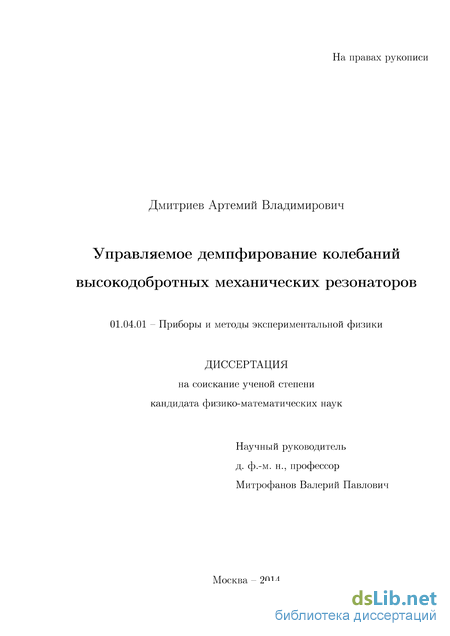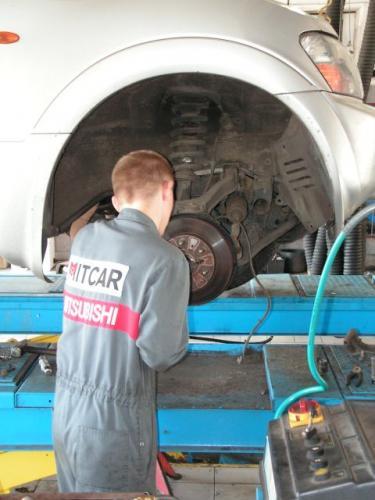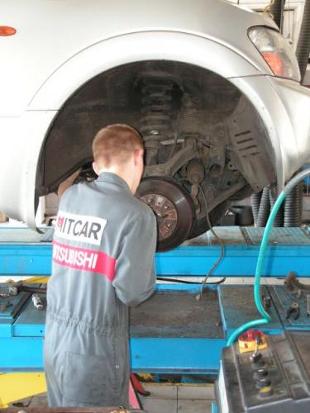
Controlled damping
 Shock absorbers are an indicator of safety. We appreciate it most often when they are already out of order.
Shock absorbers are an indicator of safety. We appreciate it most often when they are already out of order.
A faulty shock absorber can increase stopping distance or impair cornering control.
The shock absorber is one of the most important elements of the vehicle suspension system, which serves to dampen all vibrations in the transmission system: wheel - wheel suspension and ensure proper wheel adhesion to the surface. A defective shock absorber either does not dampen vibrations, or does not dampen them well, so the car wheel often comes off the ground. IN  in such a situation on the road it is easy to get into trouble.
in such a situation on the road it is easy to get into trouble.
Driving wisely and safely is pretty much all we can do when it comes to caring for shock absorbers. First of all, you should try to avoid bumps and potholes, which, however, seems impossible given the state of the roads in the country. In such cases, it is necessary to avoid driving on uneven surfaces at high speed.
If we have doubts about the technical condition of the shock absorbers, we can check the bottom of the car or the side of the wheel arch, or the metal-rubber bushings of the shock absorber, the so-called silent blocks, are not broken and there is no oil leak somewhere on the outer casing. If there is a leak, the shock absorber can indeed be replaced. Currently, shock absorbers are no longer regenerated, but replaced with new ones. When the defects are not visible to the naked eye, there is a trip to the diagnostic station, where experts check the damping characteristics of the shock absorber.
It is the diagnostic station that should choose a new shock absorber for our car. You should not buy it earlier "by eye", just because the new shock absorber has a similar shape to the old one. Shock absorbers (for example, McPherson struts) of individual car models within the same brand differ in parameters. So you should rely on the knowledge of service masters and let them determine the choice.
Another issue is the independent conversion of cars to more sporty ones. It must be taken into account that the use of shock absorbers other than those recommended at the factory, with different damping characteristics, can lead to damage to other suspension elements - rocker joints, drive joints and even the body at the shock absorber mounting points. (sheet delamination).
Types of shock absorbers
There are currently two types of shock absorbers available:
– liquid
- gas - liquid.
In the first case, the vibration damping element is a liquid (oil) flowing through a nozzle with closing and opening valves (hydraulic principle). Gas-liquid shock absorbers are based on vibration damping due to compression and expansion of gas, as well as oil. They are more reliable than liquid dampers.
In the past, friction dampers based on the friction of two surfaces were produced, but they have long since fallen into disuse.
More expensive car models now use gas-liquid shock absorbers, the stiffness of which can be adjusted. Depending on the choice of options, the shock absorbers are adapted to sports or touring driving.